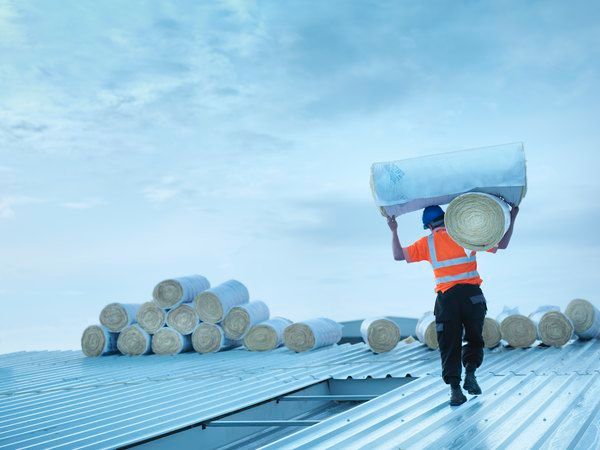When it comes to roofing, insulation plays a crucial role in maintaining energy efficiency and comfort in your home. With various materials and types available, selecting the right roof insulation can be overwhelming, especially when considering your specific climate zone roof insulation. In this blog post, we’ll explore how to choose the best roof insulation for your climate zone, ensuring your home stays cozy in the winter and cool in the summer.

Understanding Climate Zones
Before diving into insulation options, it’s essential to understand climate zones. The U.S. is divided into several climate zones based on temperature, humidity, and other environmental factors. These zones are categorized as follows:
- Cold Climate (Zone 6-7): Includes areas with long, cold winters and short summers, such as the northern Midwest and Northeast.
- Mixed Climate (Zone 4-5): These areas experience both hot summers and cold winters, typical in the central United States.
- Hot-Humid Climate (Zone 1-2): Found in the southern regions, these areas have hot summers and mild winters, like Florida and the Gulf Coast.
- Hot-Dry Climate (Zone 3): Regions like the Southwest experience hot summers and cool winters, including areas like Arizona and parts of California.
Choosing Insulation for Each Climate Zone
1. Cold Climate
In colder regions, the primary goal is to retain heat. Here are some effective insulation options:
- Fiberglass Batts: Widely used due to their affordability and effectiveness, fiberglass batts provide good thermal resistance (R-value) and are easy to install.
- Spray Foam Insulation: While more expensive, spray foam creates an air-tight seal, preventing heat loss and moisture intrusion. It’s excellent for irregular spaces and can provide a higher R-value per inch than fiberglass.
- Cellulose Insulation: Made from recycled paper products, cellulose is an eco-friendly option. It’s treated with fire retardants and is blown into spaces, providing effective thermal resistance and soundproofing.
2. Mixed Climate
For mixed climates, versatility is key. Here are some insulation choices:
- Reflective or Radiant Barrier Insulation: This type of insulation works well in both hot and cold conditions. It reflects heat away in the summer and helps keep warmth inside during the winter.
- Mineral Wool (Rock Wool): This insulation is fire-resistant and provides excellent soundproofing. It performs well in a variety of climates and is water-resistant, preventing mold growth.
- Polyisocyanurate Insulation: This rigid foam insulation has a high R-value and is effective in both hot and cold climates, making it a versatile choice.
3. Hot-Humid Climate
In hot and humid areas, it’s crucial to focus on ventilation and moisture control. Recommended options include:
- Foam Board Insulation: Rigid foam boards can be placed on the roof deck or under shingles. They provide good insulation and help prevent heat transfer.
- Spray Foam Insulation: As mentioned, spray foam insulation is beneficial in humid climates due to its moisture resistance and ability to create an air-tight seal.
- Ventilated Roof Spaces: In these climates, consider incorporating a ventilated roof design to help manage heat and humidity effectively. This can be combined with insulation to improve energy efficiency.
4. Hot-Dry Climate
In hot-dry regions, the focus should be on keeping homes cool. Here are some insulation options:
- Reflective Insulation: This is crucial for reflecting radiant heat away from your home, reducing the cooling load on your air conditioning system.
- High R-Value Insulation: Materials like cellulose or fiberglass batts with a high R-value are effective in keeping the heat out during hot summers.
- Cool Roof Systems: Consider using reflective roofing materials combined with insulation to minimize heat absorption and keep your home cooler.
Conclusion
Choosing the right roof insulation for your climate zone is essential for maximizing energy efficiency and maintaining comfort in your home. By understanding your climate zone and the specific insulation options available, you can make informed decisions that will benefit your home for years to come. Whether you’re building a new home or upgrading your current roof, taking the time to choose the right insulation is a worthwhile investment.